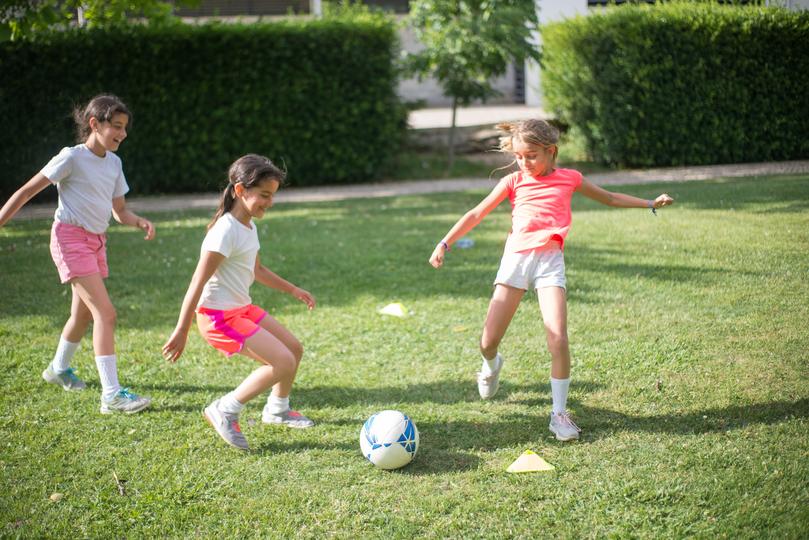What are primitive reflexes?
Primitive reflexes are involuntary movements performed by newborns and infants during their first year of life. These reflexes allow babies to learn and create the proper connections in their brains. Many primitive reflexes are expected to disappear by 4-6 months of age and most of them are expected to be absent (also known as integrated) by the time a baby turns one year old.
Examples of primitive reflexes include the following:
-
Rooting reflex
-
Palmar reflex
-
Sucking reflex
-
Babinski reflex
-
Spinal galant reflex
-
Asymmetrical tonic neck reflex (ATNR reflex)
-
Moro reflex (startle reflex)
-
Tonic labyrinthine reflex

What does it mean to have retained primitive reflexes?
There are instances where toddlers and children can still have one or multiple reflexes present past their first birthday. Some factors associated with this include a difficult birth, stress on behalf of mom or baby during pregnancy, lack of tummy time, prolonged restricted motion of the baby (i.e., baby chairs or bouncers), falls, head trauma, and skipping important milestones such as crawling.
The importance behind having primitive reflexes disappear is that, as they integrate, they become foundational to more advanced movements and connections in the brain. For example, the palmar reflex allows babies to crudely grasp objects. As it dissipates, babies develop increased dexterity and fine motor control, which is useful for things like tying shoes, writing, or using silverware. On the other hand, a retained primitive reflex indicates that there is a dysfunction in the way the central nervous system is processing information. Essentially, there is an issue with the neural pathways. Down the road, this can be associated many things, including:
-
Bedwetting
-
Asthma
-
Allergies
-
Toe walking
-
Sensory processing issues
-
ADD/ADHD
-
Poor handwriting
-
A dislike of sports
-
Motion sickness
-
Reading difficulties/dyslexia
-
Clumsiness/poor balance
-
Weak muscle tone
-
Poor posture

How do I know if my child has retained primitive reflexes?
If your child is exhibiting signs such as those mentioned above or if you’re concerned he or she may have retained reflexes, the easiest way to determine this is by having a trained professional test each one individually.
The testing of these reflexes is generally quick and straightforward. It usually involves using a reflex hammer to stroke your child in different regions, such as their face, feet, hands or back. On the other hand, some tests require your child to follow simple instructions, such as holding their arms straight up and closing their eyes.
How do I integrate my child’s primitive reflexes?
In our chiropractic office, we’ve seen many children with retained primitive reflexes. When a child first comes in for an evaluation, they are always tested for the most common retained primitive reflexes. If present, we educate parents on the meaning of having these reflexes still present and we dig further to see if this child has had any of the signs mentioned previously.

Chiropractic care:
As mentioned, retained primitive reflexes function as a window into the nervous system’s functioning. When present, they let us know that there is an issue with the way the nervous system is processing information. The goal of chiropractic care is to remove interference in the way that the nervous system communicates with the rest of your body, which is why through specific chiropractic adjustments, we’ve seen many children with retained primitive reflexes be able to integrate these reflexes by the time they are rechecked in reevaluations.
Retained primitive reflex exercises:
Another way that we work to integrate a child’s retained primitive reflexes is through exercises that your child can perform at home. We provide parents instructions on how to perform these exercises, as well as how often. Some of the exercises are very simple, while others require a bit more instruction and coordination.

Recent Comments